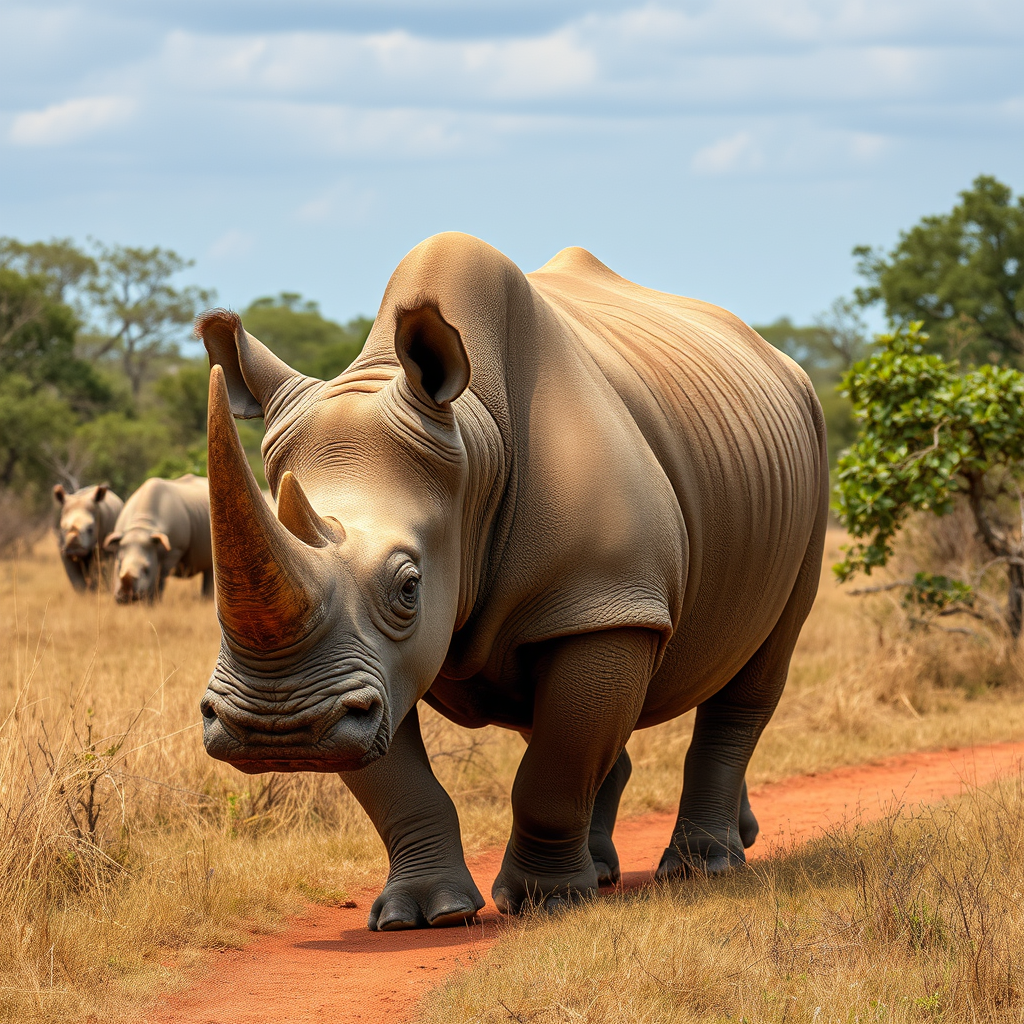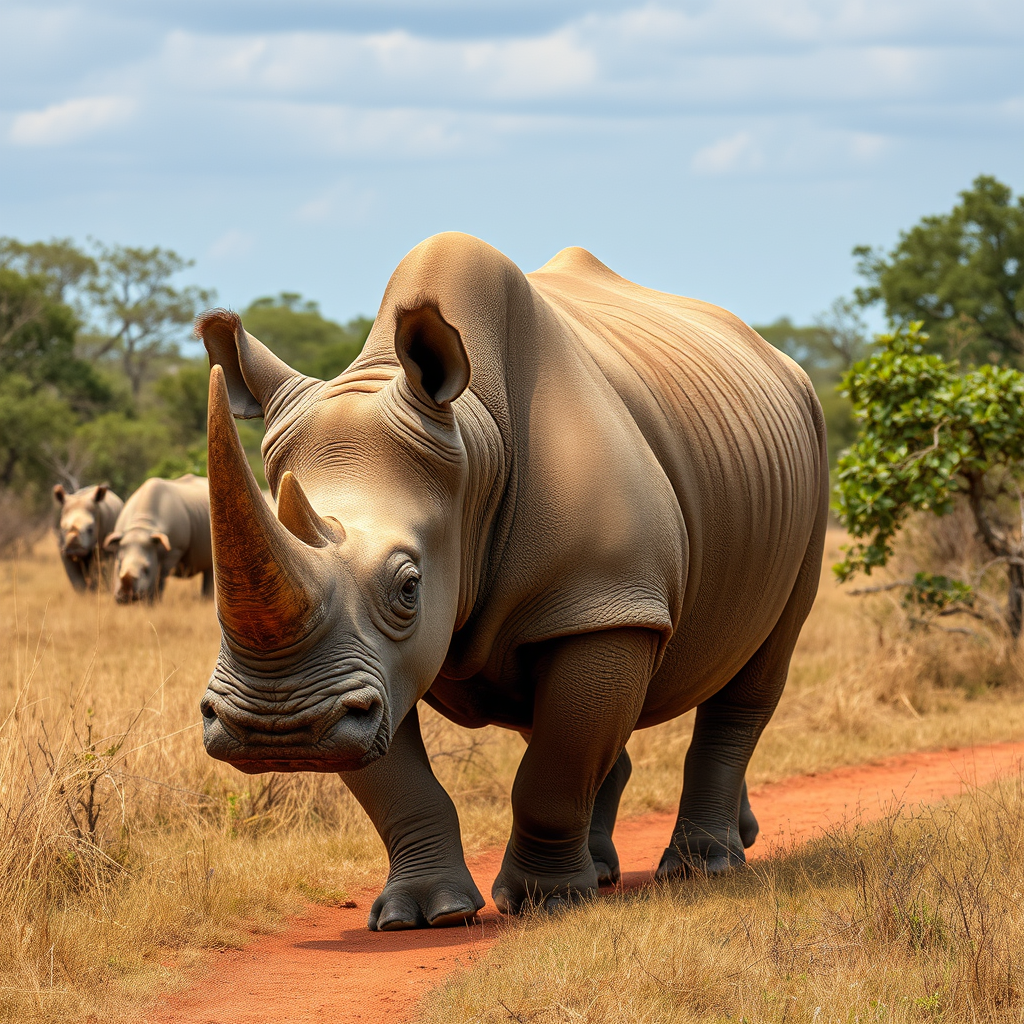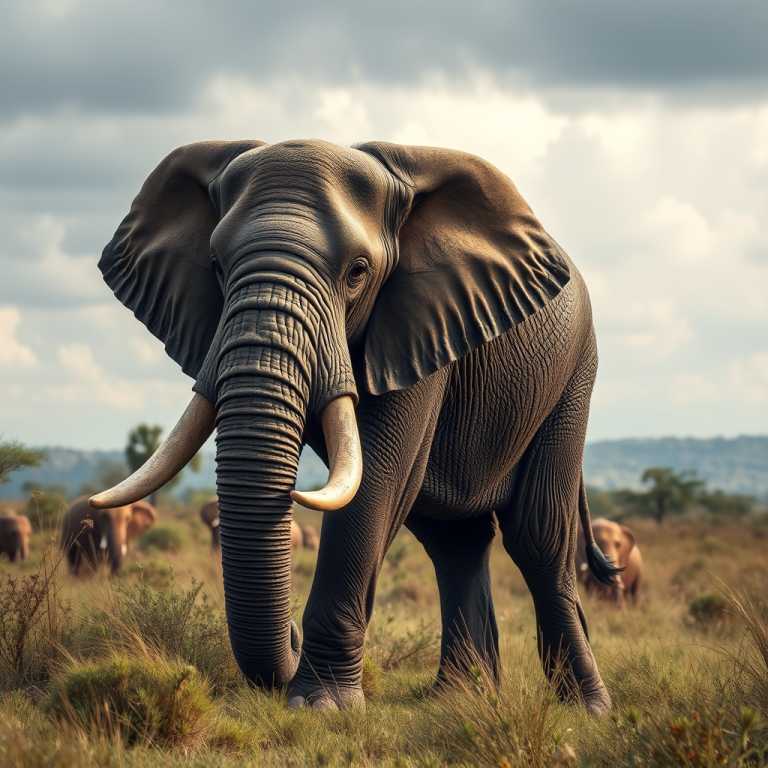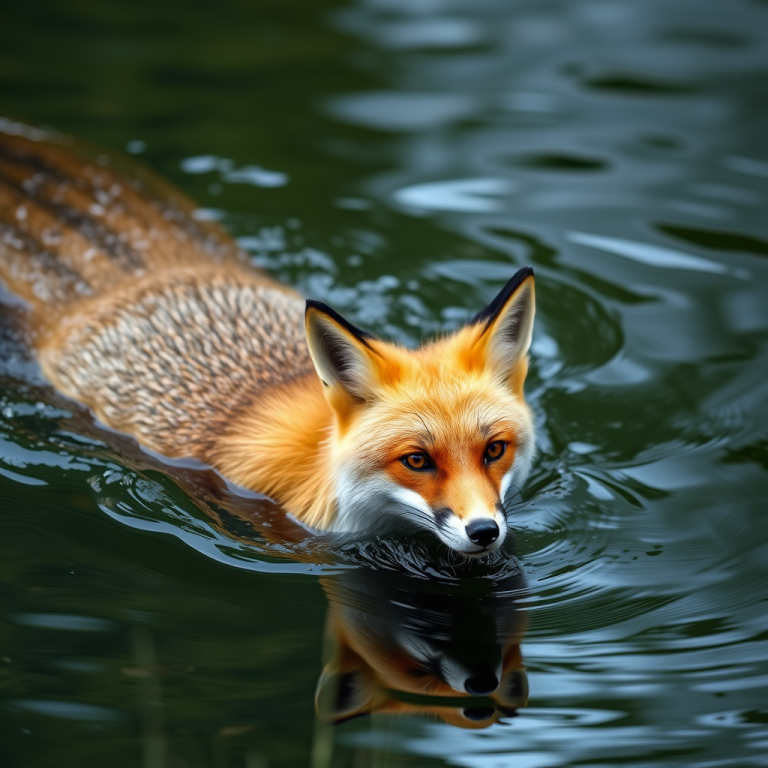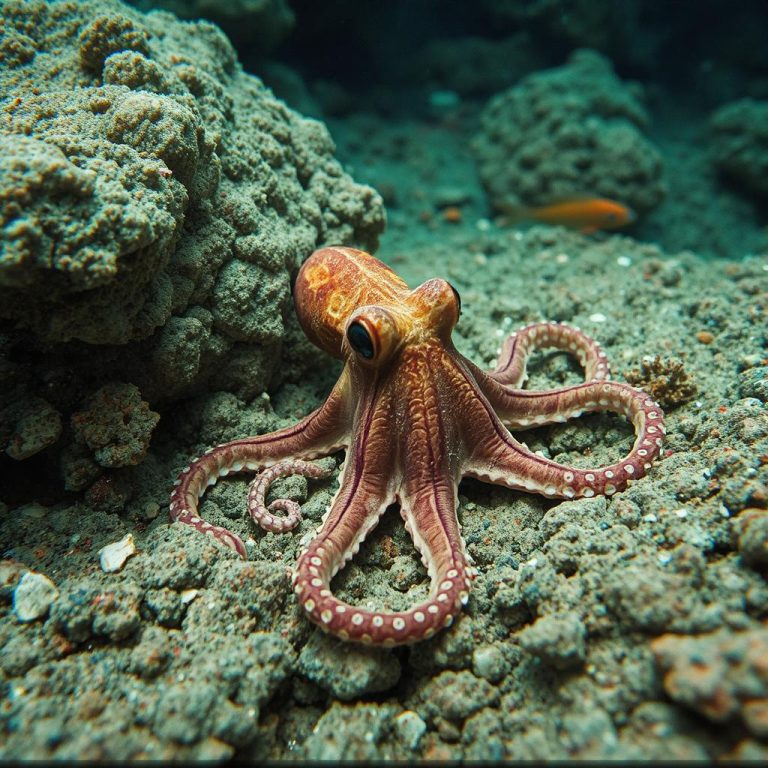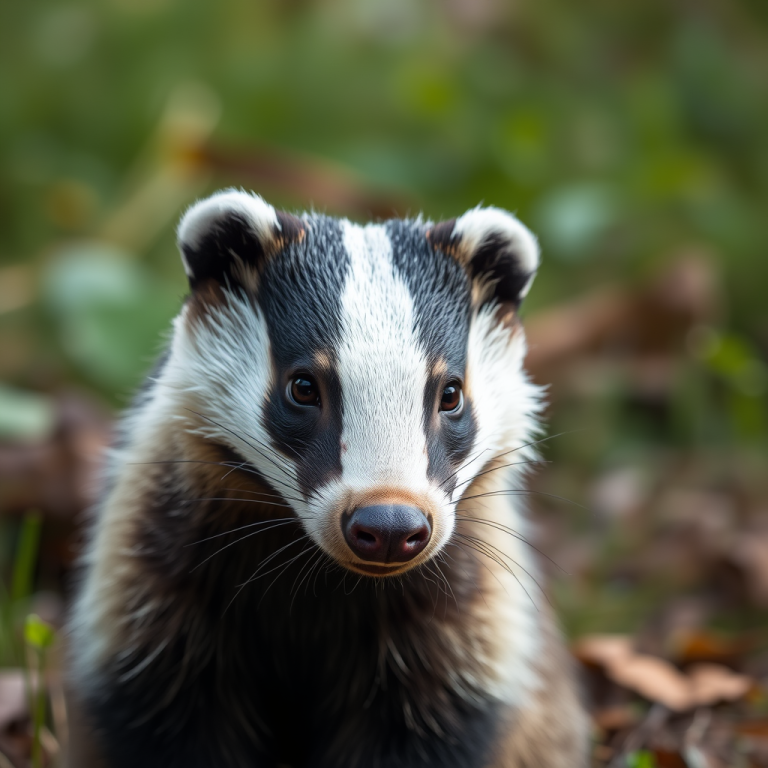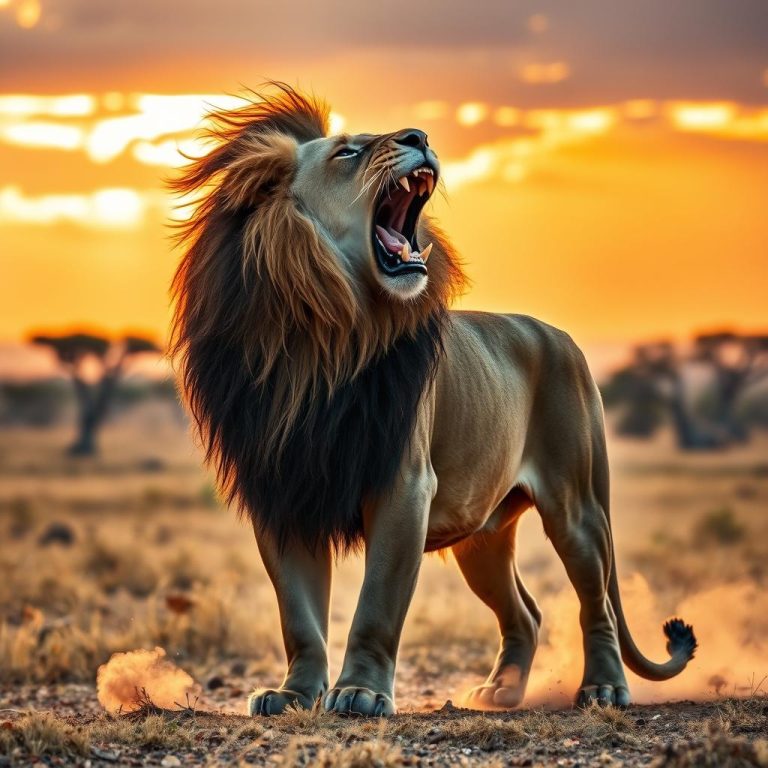The Giant of the Grasslands: The Truth About Rhinoceroses
Rhinoceroses are some of the most massive and misunderstood animals on the planet. With their prehistoric looks, heavy armor-like skin, and that signature horn, they look like something straight out of a dinosaur documentary. But while they may seem intimidating, rhinos are actually quiet, solitary animals that just want to graze in peace and be left alone. Their size and strength are obvious—but there’s a lot more to them than just their bulk.
How Big Are Rhinos, Really?
Rhinos are among the largest land animals in the world, only rivaled by elephants and hippos. Depending on the species, a full-grown adult rhino can weigh between 2,000 and 5,000 pounds. The white rhino is the biggest, with males sometimes weighing over two tons. That’s about the weight of a pickup truck.
Their bodies are thick and heavy, with short legs and a large barrel-shaped torso. Despite their size, rhinos can run surprisingly fast—up to 30 miles per hour for short bursts. It’s not exactly graceful, but if you ever saw one charging, you’d move out of the way fast.
That Iconic Horn
A rhino’s horn is what makes it instantly recognizable. Some species, like the white and black rhino, have two horns, while others, like the Indian and Javan rhino, have only one. Contrary to what people think, the horn isn’t made of bone—it’s made of keratin, the same protein found in our hair and fingernails.
Rhinos use their horns for defense, digging up roots, or showing dominance during territorial disputes. Mothers have even been seen using their horns to gently guide their calves or protect them from predators.
Unfortunately, the horn is also what puts rhinos in danger. Poachers target them for their horns, which are wrongly believed to have medicinal properties in some cultures—even though science has proven otherwise.
Thick Skin, Sensitive Soul
A rhino’s skin can be up to two inches thick, giving it a protective armor that helps it fight off bites, insect stings, and scratches from thorny bushes. But thick skin doesn’t mean tough emotions. Rhinos are surprisingly sensitive creatures. They have strong memories, show affection to their young, and even form bonds with other rhinos in the wild.
Despite their size, they can be easily startled. Their eyesight isn’t great, so they rely heavily on their hearing and sense of smell to detect danger. A rustle in the grass or an unfamiliar scent can send a rhino into a defensive charge—even if the threat turns out to be nothing at all.
What Do Rhinos Eat?
Rhinos are herbivores, and their diet depends on the species. White rhinos are grazers—they spend hours eating short grasses, kind of like lawn mowers. Black rhinos are browsers, meaning they eat shrubs, leaves, and branches. Indian rhinos enjoy a mix of both, munching on fruits, grasses, and aquatic plants.
A single adult rhino can eat more than 100 pounds of vegetation in one day. Their strong lips and teeth help them pull up grass or strip leaves from thick branches. Since they spend so much time eating, they often live near water sources where food is easy to find.
Rhinos in the Wild
There are five species of rhino: white, black, Indian, Javan, and Sumatran. Each lives in a different region, from the grassy plains of Africa to the dense rainforests of Southeast Asia. Sadly, all rhino species are either endangered or critically endangered. The biggest threats are poaching and habitat loss, as human activity continues to shrink their living space.
Groups and governments around the world are working to protect rhinos through conservation programs, anti-poaching patrols, and breeding centers. In some protected parks, rhino populations are slowly recovering—but there’s still a long way to go.
Are Rhinos Really Aggressive?
Rhinos have a reputation for being aggressive, but the truth is more complicated. They’re mostly shy and prefer to avoid conflict. However, if they feel cornered or sense a threat to their territory or their young, they’ll defend themselves—and with their size and speed, it’s no joke.
Most of the time, though, rhinos are content just grazing, cooling off in the mud, or rolling around in the dirt to get rid of parasites. They’re not looking for a fight. They’re just trying to survive.
Final Thoughts
Rhinoceroses are living legends. They’ve been around for millions of years and carry the weight of ancient survival on their backs. They’re huge, powerful, and armored like tanks—but underneath all that, they’re peaceful, emotional, and incredibly vulnerable animals who deserve protection.
When you really take time to understand rhinos, you stop seeing them as aggressive beasts and start seeing them for what they are—giants with gentle souls just trying to live.
If you’re curious about the wonders of wildlife, stick around—there’s a whole world to explore at Wonder of Wild.
